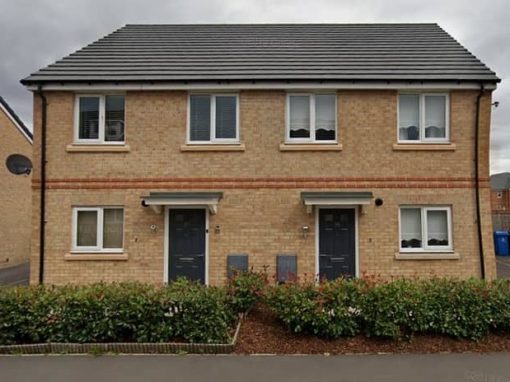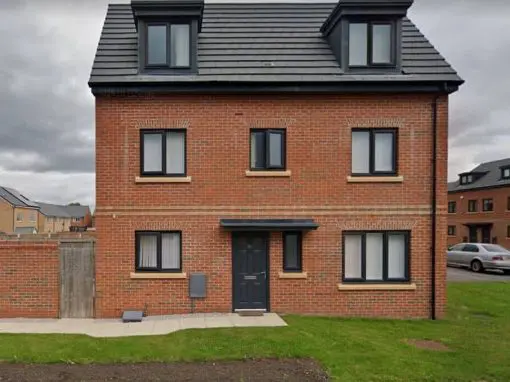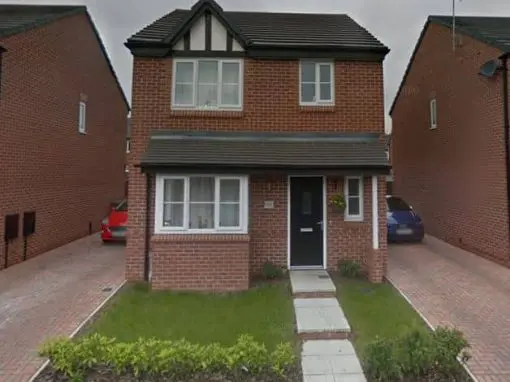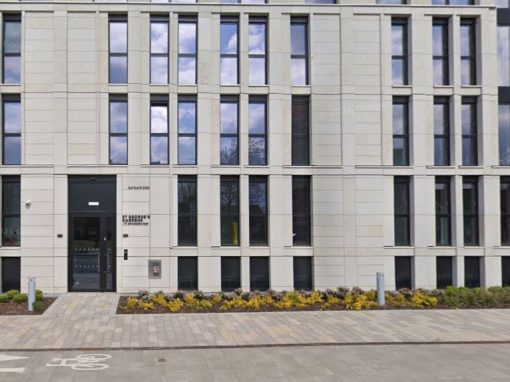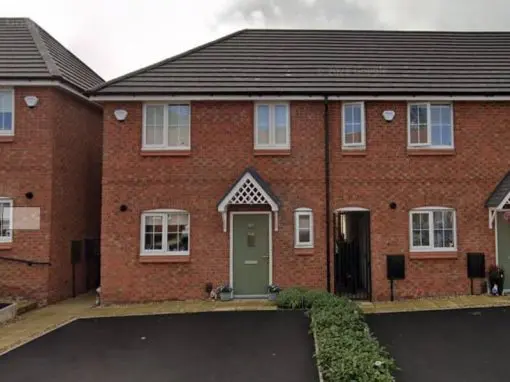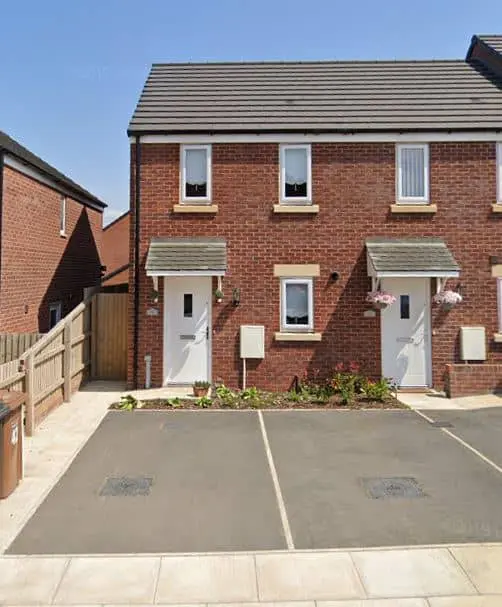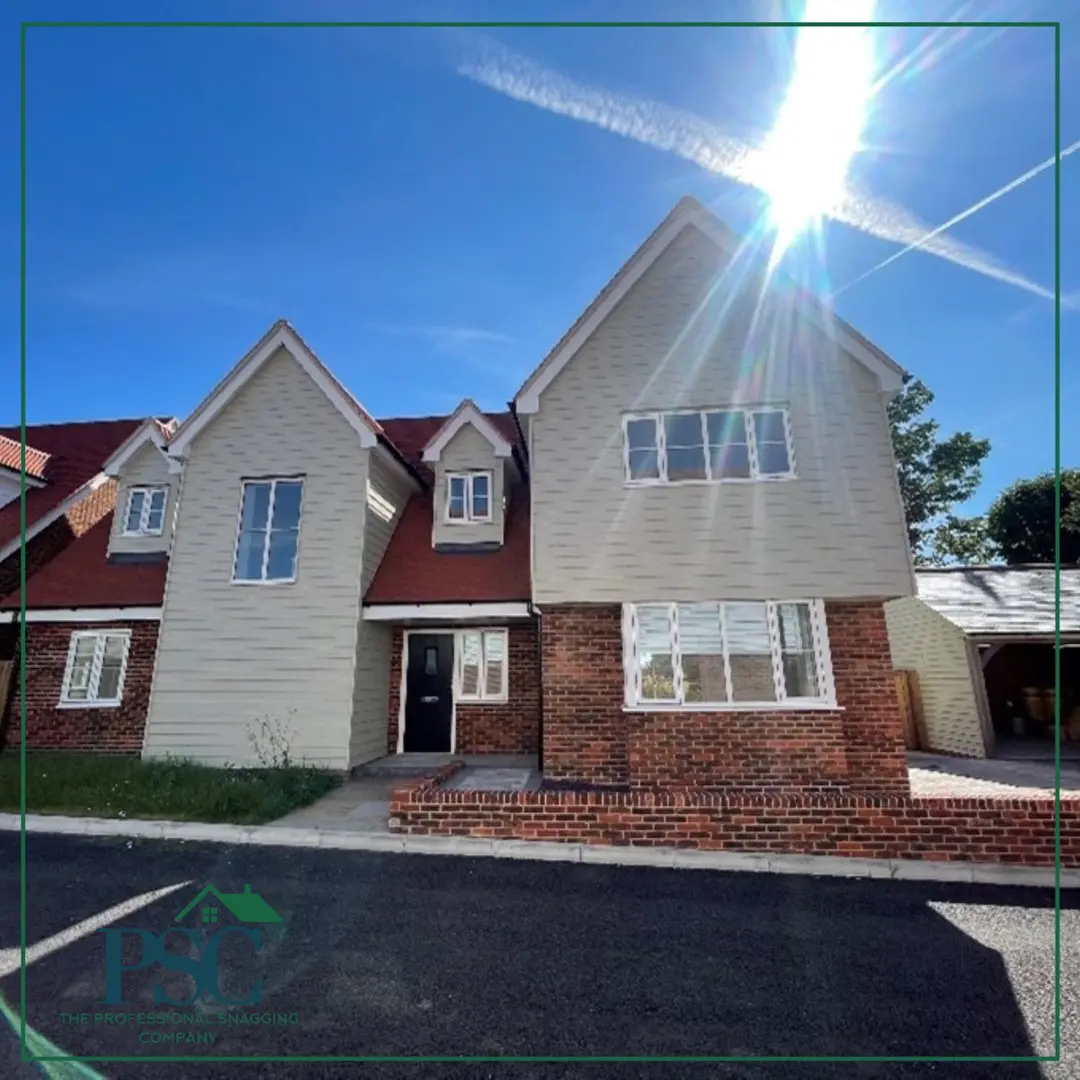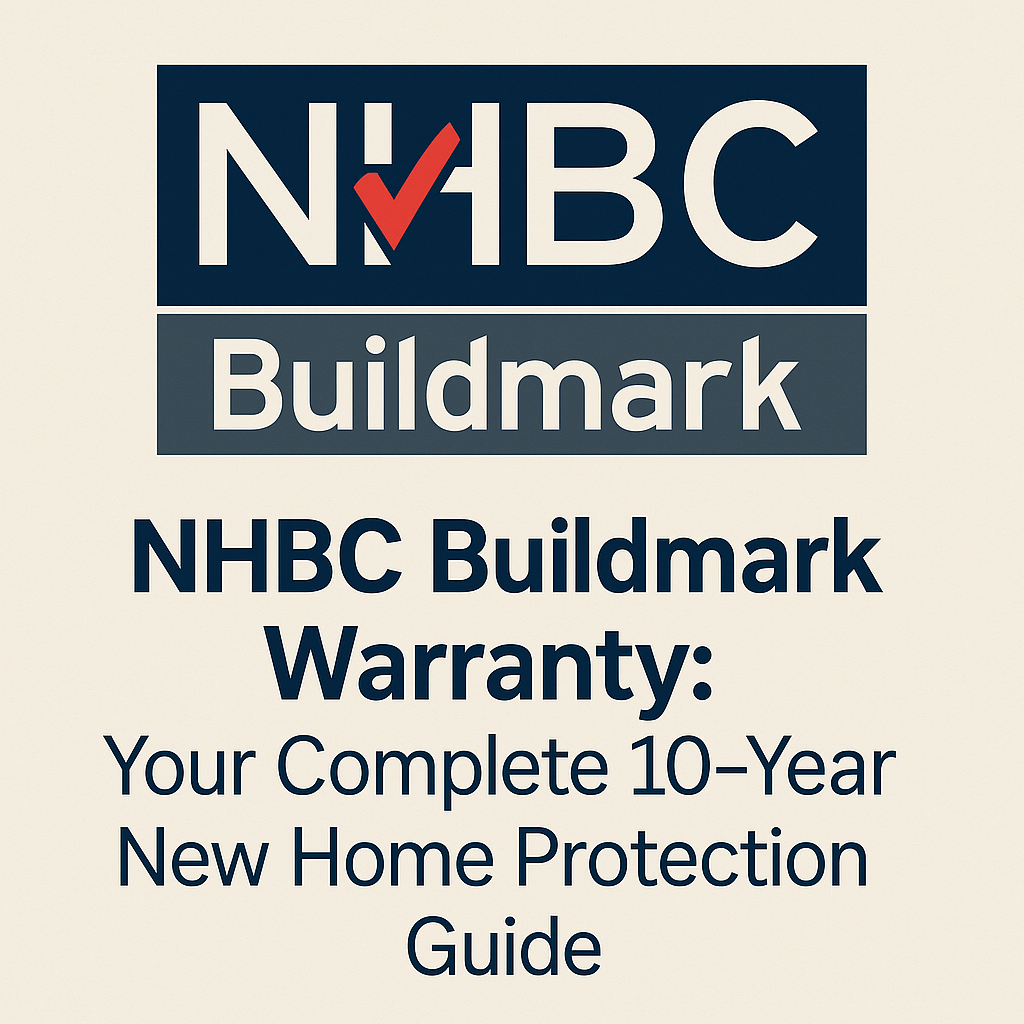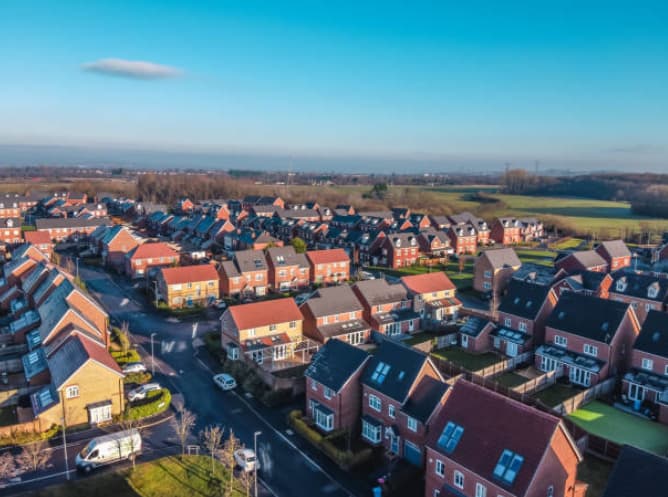New Build Too Hot? Smart Solutions to Cool Your Home
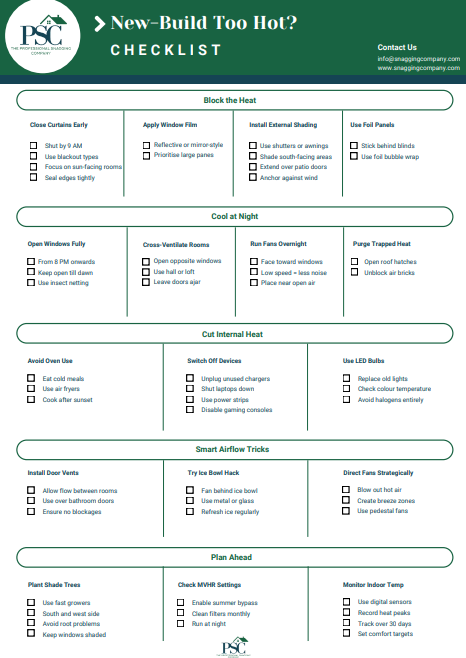
1. Keep Windows & Blinds Closed During Sunlight Hours
- Close curtains, shutters, roller blinds, or fitted insulating curtains between 10 AM–4 PM.
- A UK study found shuttered blinds drastically reduce solar gain.
2. Install External Shading
- Fit external blinds, awnings, or shutters on west/south windows.
- Mediterranean-style shutters stop heat before it enters.
- MoneySavingExpert suggests thermal blinds and foil film for DIY shading.
3. Maximise Night-Time Ventilation (Night Flushing)
- Close up during the day, open windows after 8 PM to let in cool air.
- Passive cooling experts recommend this to release stored heat.
- “Night flushing” is recognised as an effective passive method.
5. Use Cross-Ventilation
- Open opposite windows/doors to create airflow.
- Passive cooling designs emphasise cross and stack ventilation.
7. Minimise Internal Heat Production
- Reduce appliance use during peak hours (e.g. washing machines, ovens).
- Switch to efficient LED lighting to avoid excess warmth.
8. Use Fans Smartly
- Ceiling fans should spin continuously to produce a cooling breeze.
- Large low-speed fans beat small ones for comfort and efficiency.
9. Add Greenery and External Cooling
- Shade walls/windows with plants or light-coloured facades.
- Urban greenery helps lower surrounding air temperature by several degrees.
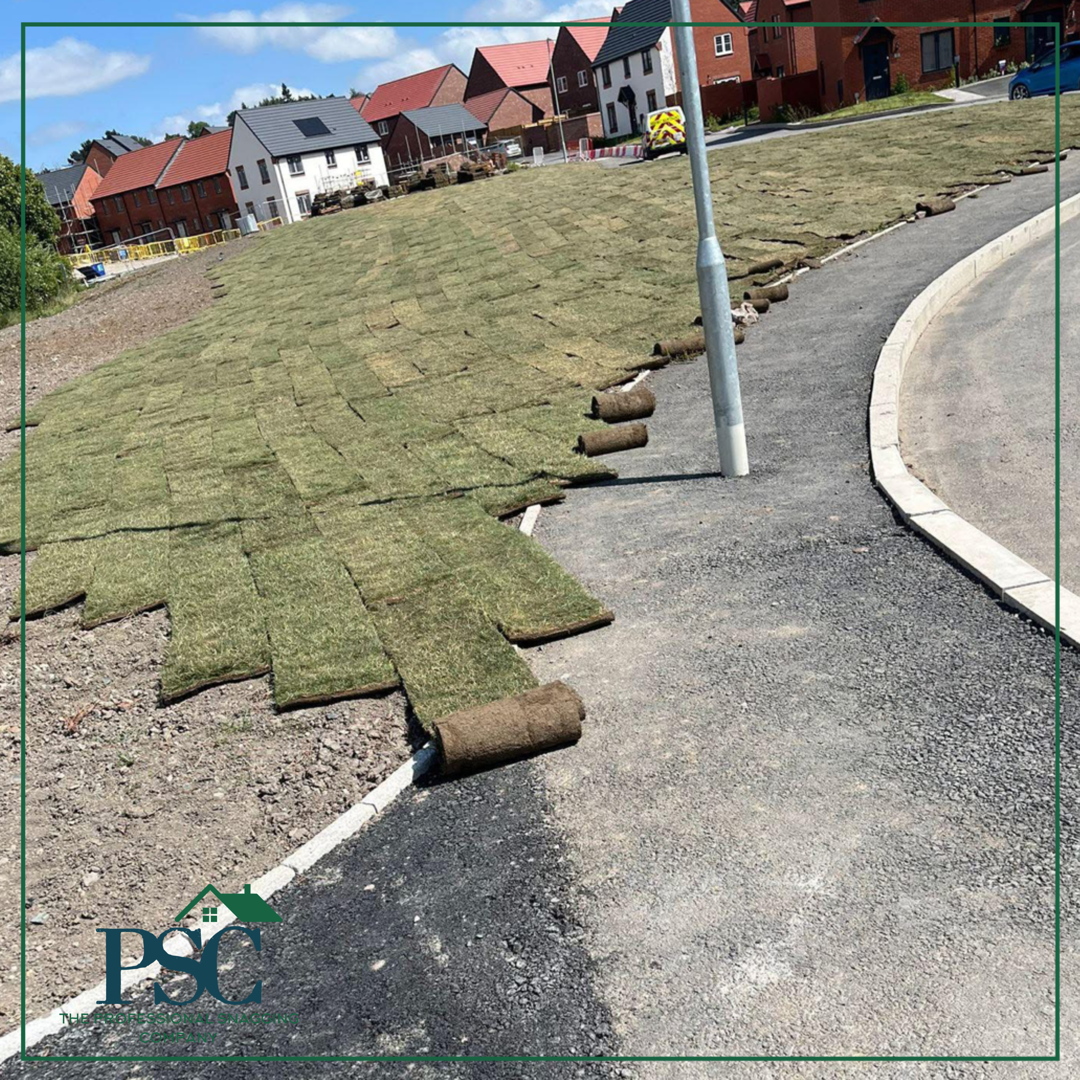
Homeowner Action Plan: 30-Day Strategy
|
Days 1–10 |
Days 11–20 |
Days 21–30 |
|
Close blinds/shutters during day; night-time window opening |
Install external shading/roller shutters; fit insulated curtains |
Add fans, test MVHR; plant shade trees around windows |
|
DIY reflect film; set up night purging policy |
Evaluate passive cooling performance; apply thermal mass tricks |
Consider advanced retrofits (MVHR bypass, PCM); monitor indoor temps |
A. Smart Shading & Secure Windows
- Invest in external louvres, awnings, or smart glass.
- Retrofit code in England limits glazing proportion but homeowners still need good shading.
B. Mechanical Ventilation Upgrades
- MVHR systems with summer bypass are effective.
- Automated systems adjust to night time conditions for optimal cooling.
C. Phase Change Materials (PCMs) and Thermal Mass
- PCMs absorb heat when the temperature hits a threshold, without needing energy.
D. Air Conditioning as Last Resort
- Only install split-system A/C if passive measures fail.
- AC increases energy bills and environmental impact.
- Avoid placing A/C units in direct sun or poorly ventilated areas.
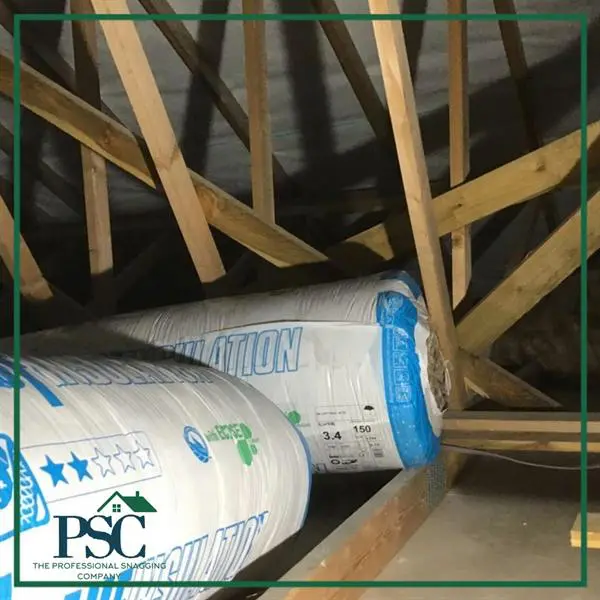

Is your “new build too hot”? You’re not alone. But you’ve got power:
- Stop heat before it gets in – External shading is king.
- Release heat at night – Night flushing + ventilation systems.
- Use mass & fans systemically – Let building fabric and airflow help.
- Invest if essential – MVHR, PCM, A/C as backup.
- Monitor and adapt – Track temps and adjust behaviours.
These steps don’t just cool your home—they save on energy, cut carbon, and boost comfort.
Frequently Asked Questions
Will double glazing worsen overheating?
Only if unshaded—insulated glazing stops heat escape and magnifies solar gain. Use shading to counteract that.
Can reflective paint/film help in rented homes?
Yes—removable window film or foil panels work well and usually don’t need landlord approval.
Are plants really effective?
Absolutely. Exterior plants provide shade and transpiration cooling, lowering adjacent air temps by several degrees.
What’s the cheapest passive upgrade?
Night flushing—open windows at night and close them during the day—costs nothing but is extremely effective.
Does loft insulation cause overheating?
No. Insulation slows heat gain. Overheating arises from heat entering sealed homes via windows and internal gains.
